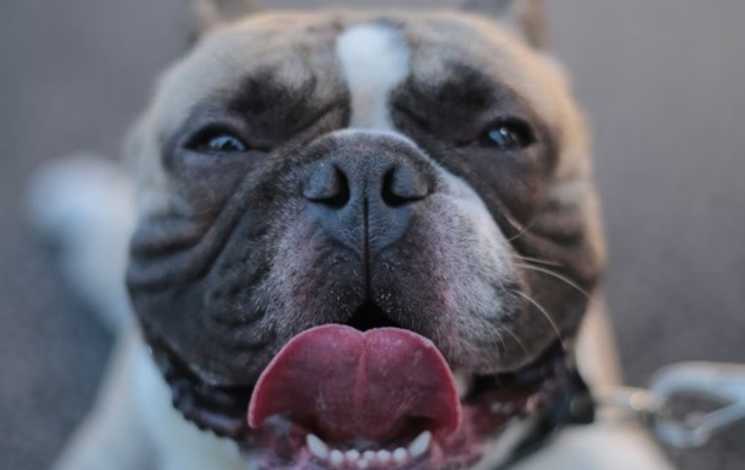Heatstroke is the most severe stage of hyperthermia (abnormally elevated body temperature), occurring once a pet’s core body temperature reaches 41.1°C or higher.
Contrary to common belief, pets can suffer from heatstroke even if the weather doesn't feel excessively hot.
In the earlier stages of hyperthermia (heat stress and heat exhaustion), pets will pant and drink more and begin to show noticeable signs of weakness.
However, when they are suffering from heatstroke, the symptoms become more severe, often including heavy panting, vomiting, diarrhoea, altered gum colour (typically a darker red or purplish-blue), excessive drooling, wobbliness, lethargy, and, in extreme cases, unconsciousness or seizures.
If you suspect early hyperthermia in your pet (heat stress), it’s recommended to soak them to the skin with cool (not cold) water, place them in front of a fan or in air-conditioning, offer them water to drink, and monitor them closely.
Latest Stories
However, if your pet is showing weakness or any other symptoms that could be associated with more severe heat exhaustion or heatstroke, we would strongly advise wetting them down as above, and then driving them (in a cool, air-conditioned vehicle) for an urgent veterinary assessment.
Pets are most vulnerable to heatstroke when left unattended in vehicles.
Even on mild days, the interior of a car can heat up rapidly, posing a serious risk.
Other factors that increase a pet's risk include inadequate shade, lack of ventilation or water, outdoor exercise on warm or humid days, and certain breed characteristics.
Flat-faced (brachycephalic) dogs, thick-coated breeds, as well as older, younger, or pets with pre-existing health conditions, are particularly susceptible.
To help keep your pets safe during the summer months, never leave them in a parked car—no matter how short the duration.
Always provide access to plenty of fresh, cool water, as well as shade so they can keep out of the direct sunlight.
When walking dogs, stick to the cooler parts of the day—either early morning or late evening—and avoid walking on hot pavement, which can burn their paws.
Your pet’s well-being is in your hands, and preventing heatstroke is as much about preparation and awareness as it is about quick action when needed.
From the team at Parkes Vet, remember to stay cool, stay safe, and keep your furry friends comfortable in the heat this summer.















